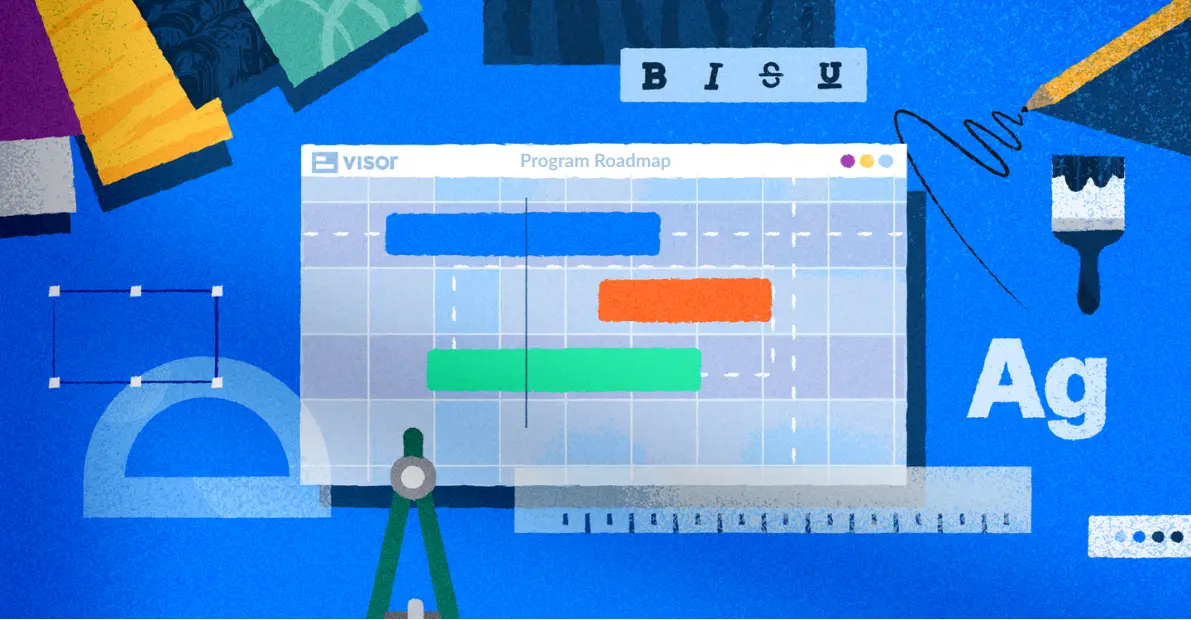
The Ultimate Guide to Project Management
Looking for an ultimate guide to project management – from key elements to ways to plan to the best tools for the job? Look no further. This guide will help you understand the ins and outs of project management so that you can walk away a complete expert.
In the business world, you have ideas people – those who dream big and come up with the vision and the highest level of strategy to get there. You also have doers – the people who execute on the specific tasks in the day to day. Both are critically necessary for a successful business. But in the middle, you need a sort of connective tissue. Someone who can translate the big dreams into real tasks and translate goals into timelines.
That’s exactly what a project manager does.
In every industry, from software development to construction, project management is the glue that holds the system together. They help businesses innovate by solving complex challenges that stand between an organization and their biggest goals. It’s a multi-disciplinary field that demands a strong grasp of strategy, organization, planning, and execution, as well as a deep and intuitive understanding of how to work with teams and the people on them.
In this guide, we explore the fundamentals of project management, as well as a constellation of related topics. We’ll cover:
- What is project management?
- What are the key characteristics of project management?
- What does a “project” mean?
- What skills make a good project manager?
- Where do terms like “agile” come into project management?
- What tools or techniques should project managers use to do their job?
Whether you’re a seasoned professional or a brand new PM, this ultimate guide is designed to provide you with the insight and knowledge you need to answer any question in the PM world.
Visor is a project portfolio management tool that helps project managers connect their teams, share beautiful reports to stakeholders, and get all their data in one place. Try it for free and see what a difference the right tools can make.
What is project management?
Project management is the process of planning, managing, and executing on a specific set of tasks to achieve business objectives within a given timeframe and budget.
At its core, project management is about efficiently allocating resources, predicting and mitigating risks, and meeting the biggest goals in a project. Regardless of what the project is about, project managers create structured, measured systems to do the best work possible.
Project management is the application of knowledge, skills, tools, and techniques to project activities to meet project requirements. It’s the practice of planning, organizing, and executing the tasks needed to turn a brilliant idea into a tangible product, service, or deliverable. – Project Management Institute (PMI)
There are a series of distinct methodologies, frameworks, principles, and theories that help ground project management as a field. You might recognize some of the key terms if you’ve had experience with project management before, such as agile and waterfall. Great project managers know a range of tools and techniques are at their disposal, and are able to select from the variety to find the best options for a given project. Great PMs will look at things like scope, schedule, and cost to help determine the best strategy to follow and develop a meaningful roadmap to follow every time.

Great project managers also know that truly effective project management isn’t just about delivering on time and on budget; it’s about adding value and meeting strategic objectives.
Key Characteristics of Project Management
In theory, anyone can manage a project. What sets true project managers apart are a set of key characteristics that help systematize the process of planning, managing, and finishing a project. These characteristics may change based on different jobs and industries, but a few are shared across roles.
Here are just a few examples of those key characteristics of project management:
Goal-Oriented Approach: Every project begins with a clear set of objectives. Those objectives might be to produce a deliverable, solve a problem, or make a change. The goals are often aligned with organizational strategy, ensuring relevance and value.
Defined Scope and Deliverables: A successful project has a clearly defined scope that outlines what’s included, as well as what isn’t. Deliverables are the tangible or intangible results of the project’s efforts, which are agreed upon by stakeholders.
Temporary Nature: Unlike ongoing operational tasks, most managed projects are temporary and have a defined beginning and end. This makes time management critical, as it ensures that objectives are met within the predetermined schedule.
Resource Allocation: Project management almost always requires balancing finite resources, such as team member time, budgets, and tools, to achieve objectives. This involves planning, prioritization, and adjustments based on known constraints.
Risk and Issue Management: Identifying, assessing, and mitigating risks is a cornerstone of project management. Proactive risk management makes it so that the project can adapt to unexpected challenges.
Collaboration and Communication: Successful projects thrive on teamwork and transparency. Regular updates, feedback loops, and stakeholder engagement are essential to getting the job done right.
These characteristics enable project managers to lay the foundation for success, no matter how complex the job may be.
What is a project in project management?
In project management, a project is a temporary endeavor undertaken to create a unique product, service, or result. Projects have specific goals, distinct deliverables, and a defined timeline. This clear start and finish sets projects apart from ongoing business operations.
Examples of projects include:
- Developing a mobile app
- Designing a building
- Organizing an event
- Programming a software update
These are all single, unique tasks that have specific requirements. Additionally, they all have specific constraints, like time, cost, quality, and scope.
Projects are also highly structured (or at least they should be!) These structures generally lean on project management methodologies, and the best methodology may differ between projects or between different organizations.
For example, designing a building might follow a waterfall methodology, where each task to be done follows the previous in a linear sequence. Meanwhile, developing an app might follow an agile methodology where multiple tasks can be done simultaneously, with improvement across the team over time.
Regardless of the methodology, the common goal is to deliver results that meet stakeholder expectations. Effective project management transforms an idea into a tangible outcome.
Example of Project Dashboard, created in Visor:
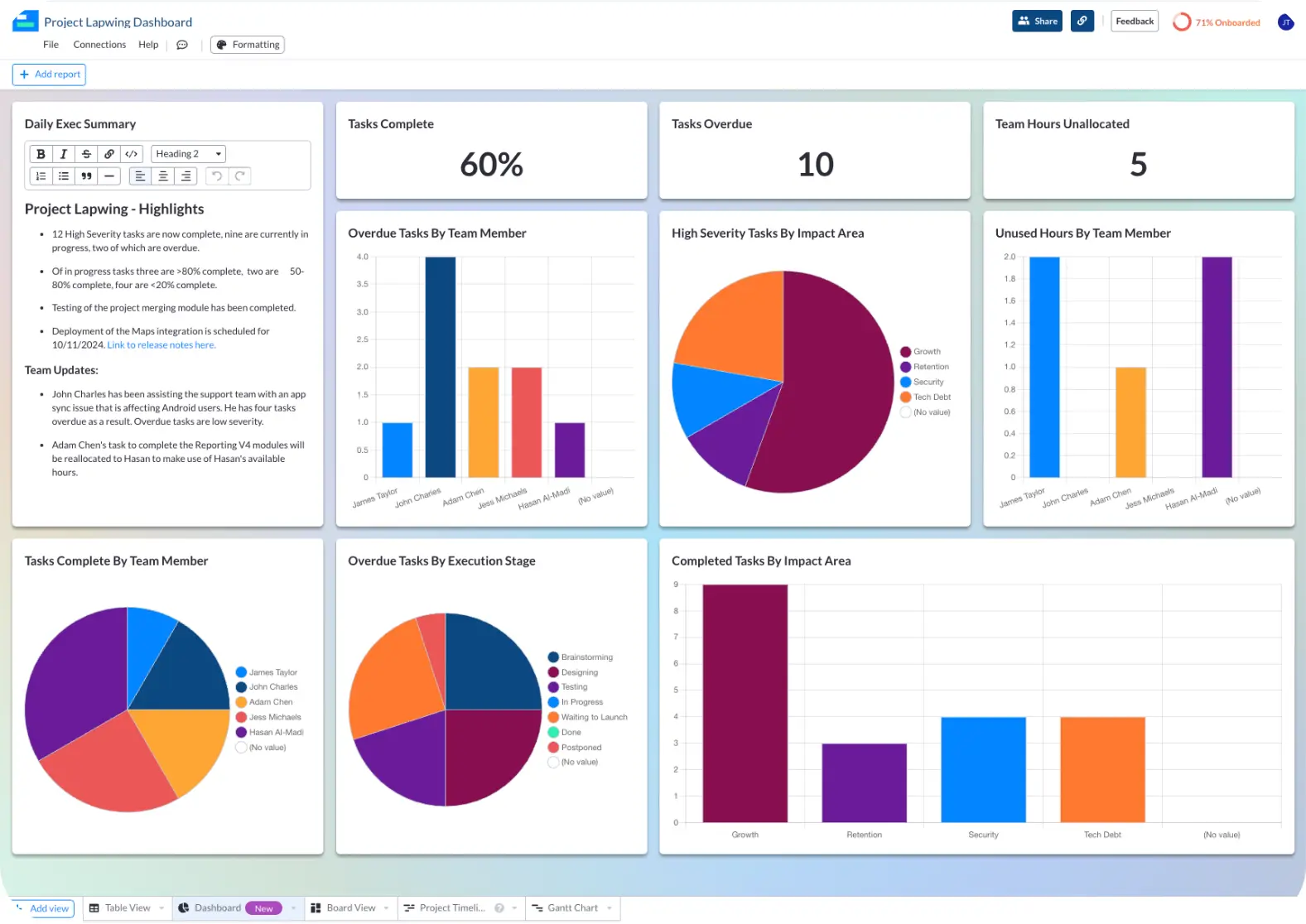
Project Management Glossary
Beyond “project” there are a wide variety of other terms that PMs use regularly. Let’s break down some of the biggest ones.
| Agile | A project management methodology focused on iterative development, collaboration, and adaptability to change. (More on this below.) |
| Baseline | The original, approved project plan, often used as a benchmark to compare actual performance. |
| Change Management | A structured approach to transitioning individuals, teams, or projects from a current state to a desired future state. |
| Critical Path | The longest sequence of dependent tasks that determines the shortest possible project duration. Often a goal for planned projects. |
| Deliverable | A tangible or intangible outcome produced as a result of a project task or phase. |
| Gantt Chart | A visual project management tool that represents the schedule of tasks, their durations, and dependencies in a timeline format. |
| Kanban Board | A type of chart that divides tasks, represented by cards, into specific stages of completion. |
| Milestone | A significant moment or event in a project timeline, used to track progress and measure achievement. |
| Resource Allocation | The process of assigning and managing resources (e.g., people, tools, time, budget) to different project tasks. |
| Risk Management | The process of identifying, analyzing, and planning for potential risks that could impact a project. |
| Roadmap | A project management plan that shows each step that will need to be taken in order to produce the finished product. |
| Scope | The defined boundaries and deliverables of a project, outlining what is included and excluded from the project’s objectives. |
| Stakeholder | A broad term meaning any individual, group, or organization that can affect or be affected by the project’s outcomes. |
| Timeline | A specific type of roadmap that’s informed by the time it takes to complete different tasks. |
| Waterfall | A traditional project management approach where each phase is completed sequentially before moving on to the next. |
While there are many other examples of project management-specific jargon, these terms are ones you can expect to see frequently across a wide variety of instances.
Example of Gantt Chart, created in Visor with Jira data:
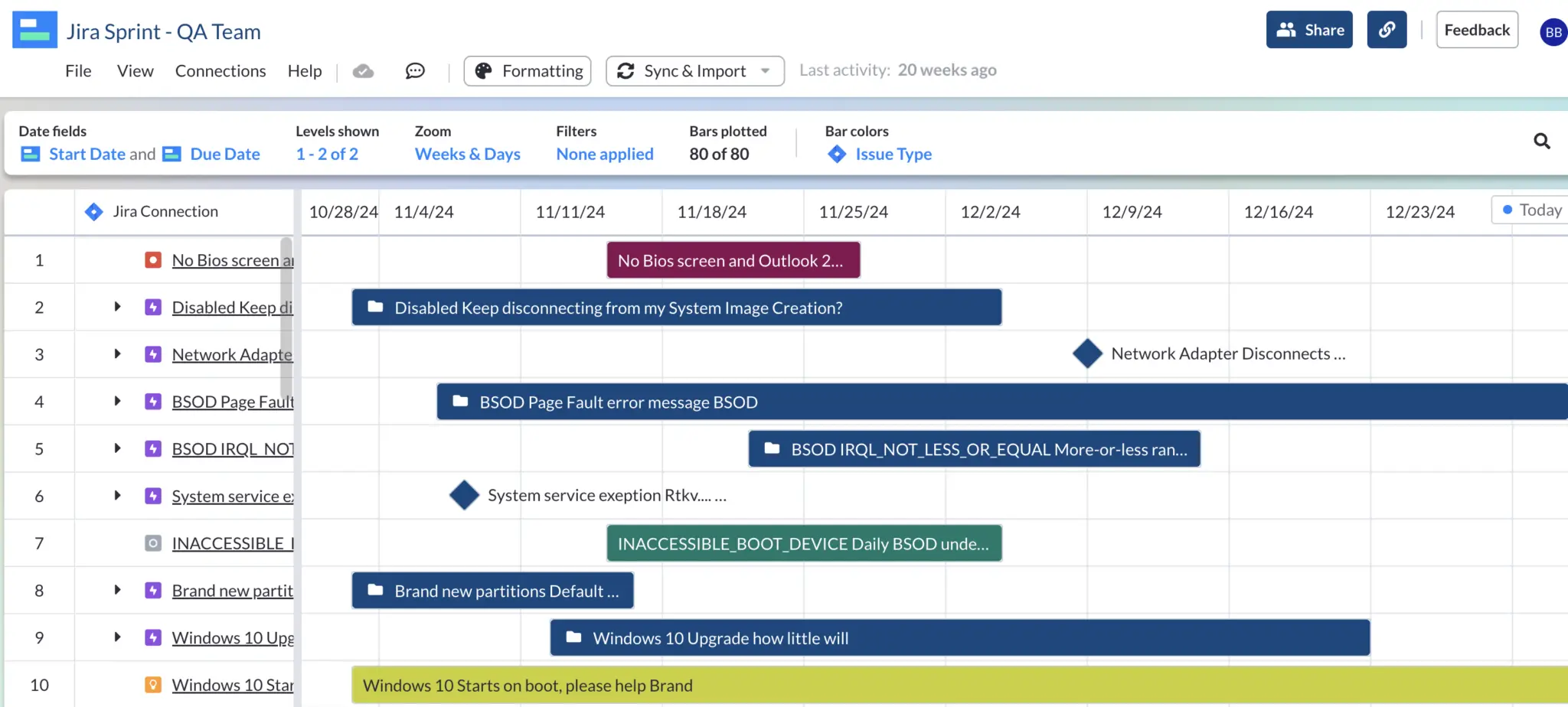
Project Management Skills
Project management is famously multidisciplinary! It requires a diverse set of skills so that professionals can see a project through from inception to completion.
Generally, you’ll see these skills fall into a few specific categories.
Technical Skills
Anything specific to a job or industry. Very likely to look different in different organizations. These might include:
- Using or acting as an admin for various software, like Microsoft Office Suite, Jira, Asana, or other technical tools
- Scheduling
- Budgeting
- Creating roadmaps
- Compliance reporting
- Backlog management
- Understanding various project management methodologies like agile or scrum
Leadership Skills
Project managers must inspire and motivate teams while fostering a sense of accountability, and having the flexibility to know when they’re the expert in the room and when they are not. This might involve:
- Effective goal-setting
- Making critical decisions
- Resolving team conflicts
- Representing the team to stakeholders
- Inspiring team members
- Managing stakeholder relationships
Interpersonal Skills
Some of the most critical skills for any project manager are the ones they use while interfacing with the people around them. Often, these skills include:
- Written and verbal communication
- Negotiation
- Emotional intelligence
- Maintaining team morale
- Active listening
Problem-Solving and Adaptability
If you’re managing a project, you can safely expect a dozen unexpected challenges. Skills project manager might need to handle these include:
- Situation analysis
- Risk management
- Critical thinking and problem solving
- Task prioritization
While everyone has unique strengths and weaknesses, mastering these skills enables project managers to navigate the complexities of any given project and help their teams find true success.
Example of a Project Roadmap Template, created in Visor:
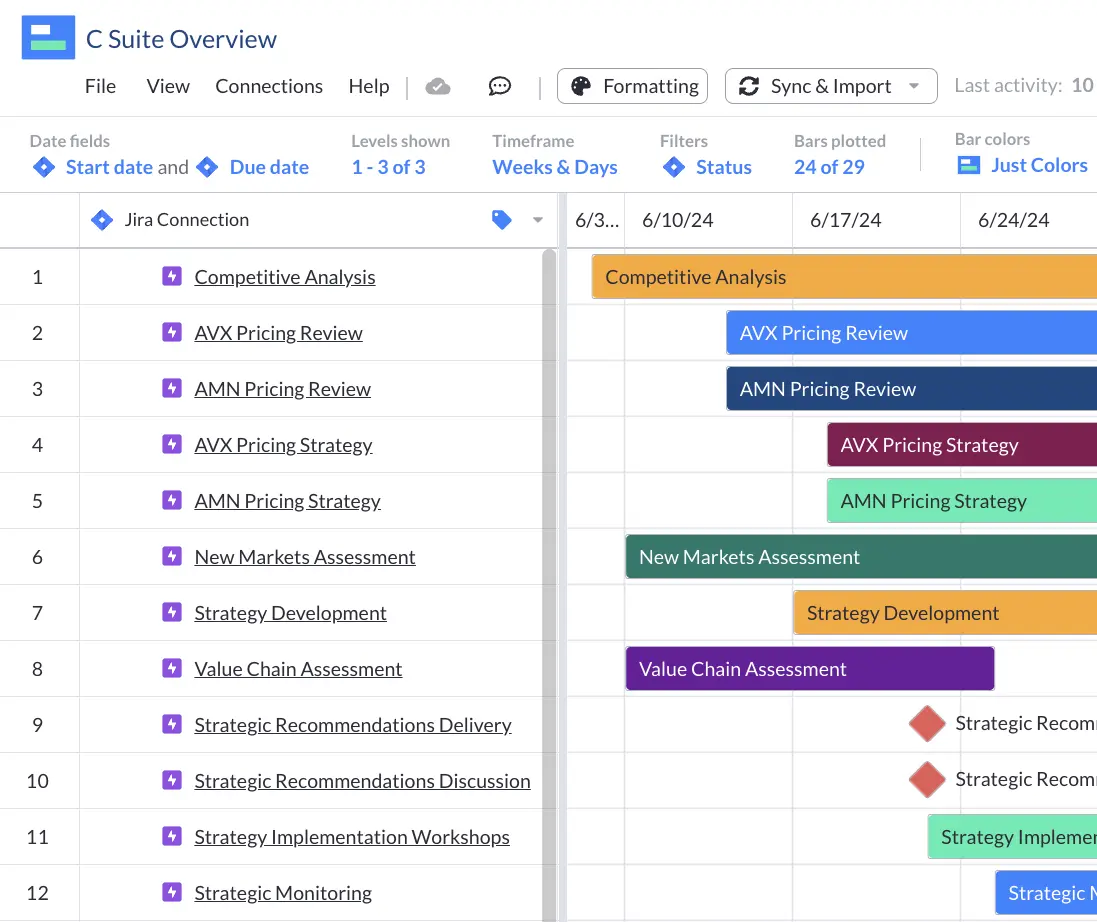
Agile Project Management
Agile project management is a dynamic approach that emphasizes flexibility, collaboration, and iterative processes. This methodology focuses on delivering small, incremental improvements that build up over time rather than throwing all effort into a single, final deliverable. It’s worth calling out in specific because of how frequently it comes up in discussions about project management as a whole.
The core principles of agile are outlined in the Agile Manifesto, The original agile system prioritizes individuals and interactions, working solutions, customer collaboration, and responding to change.
Agile projects typically employ frameworks such as Scrum, which organizes work into time-boxed sprints and Kanban boards. It’s often held in comparison to waterfall methodology, which is far more sequential in nature.
Originally developed for software development, agile has since expanded to other industries from marketing to education to manufacturing. But software is where it’s still going strong, and where you’re most likely to encounter it as a concept. A key benefit of agile is its ability to adapt to changing requirements. This makes it ideal for environments where customer needs or market conditions evolve rapidly. Regular feedback loops and close collaboration with stakeholders ensure that projects remain aligned with expectations.
Agile project management fosters innovation, speeds up delivery, and often improves customer satisfaction, making it a preferred choice for modern teams aiming to stay competitive.
Project Management Software and Tools
If you want to do a good job, you’ll need good tools. The best project management tools vary depending on the industry, tasks to be done, and team composition. But the most common uniting tool is project management software that helps you manage your tasks, roadmap, milestones, and share data about your plan.
If you’re using project management software, make sure you take the time to examine integrations, so the apps you use don’t exist in a silo. Two-way or bi-directional integrations are especially useful, as they push and pull data back and forth between two different apps.
Ideally, this will take the form of a project portfolio management tool. These are tools that assist you in managing multiple projects at the same time, even in various stages or with different teams. This type of software helps you unify your perspective and take in all of your projects holistically, so you can understand how they work together and contradict or support each other.
Project portfolio management tools combine elements of multiple different tools. Some of those other tools include:
Task and Workflow Management: Tools like Trello and Asana allow teams to assign tasks, set deadlines, and monitor progress visually. Kanban boards, lists, and calendars help break down complex projects into manageable steps.
Example of a Kanban Board, a staple agile planning tool, created in Visor:
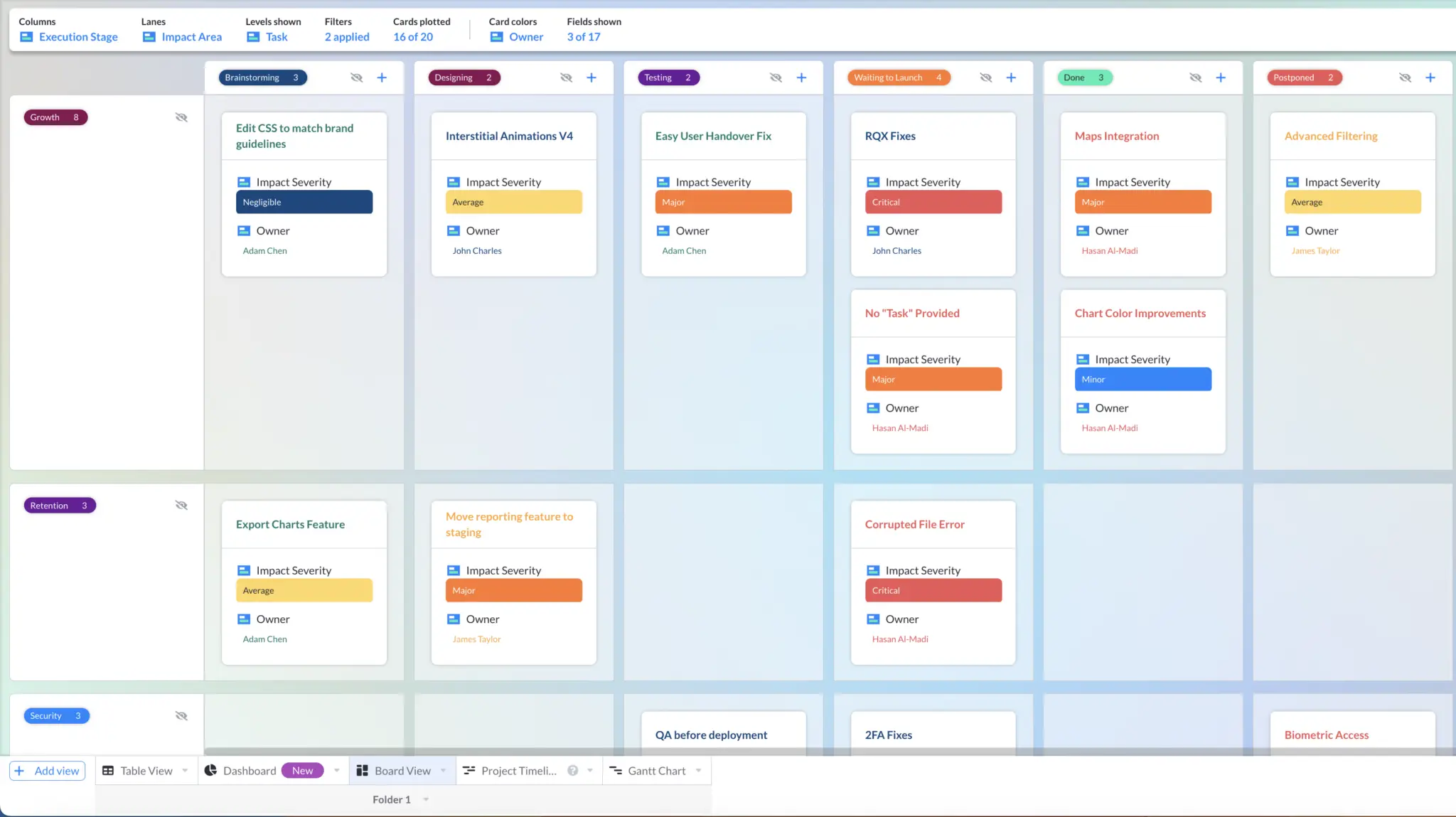
Scheduling and Resource Allocation: Software like Smartsheet and plugins for apps like Jira help you in creating detailed project plans, assigning resources, and forecasting workloads. These tools help optimize resource utilization and prevent bottlenecks. This may include roadmaps and other visualization.
Collaboration and Communication: Platforms like Slack that integrate with project management tools to streamline communication. Real-time updates, file sharing, and chat functions ensure that all team members stay informed and aligned.
Analytics and Reporting: Tools that offer advanced reporting features to track metrics such as budget adherence, task completion rates, and team performance. Dashboards and data visualizations provide actionable insights.
Visor Webinar on Project Oversight with Dashboards:
The images throughout this article are all from Visor – a project portfolio management tool that helps you plan for all your projects at once. Visor integrates with the apps you already use, like Asna, Jira, and more, so that you can keep your data fresh passively.
Speed up your workflow with AI Smart Templates—turn your data into Gantts, dashboards, and more in just seconds. Try it free now!
Get all your information in one place to create modern, beautiful Gantt charts, timelines, kanban boards, dashboards, and more!
Selecting the right project management tech stack depends on the project’s complexity, team size, and industry requirements. Regardless of the choice, these tools play a pivotal role in enhancing productivity and achieving the goals of every project in your portfolio.
What this all means
Project management is more than just a professional discipline – it’s the cornerstone of organizational success and innovation.
By understanding its principles, methodologies, and tools, you’re better equipped to lead your team, deliver results to your stakeholders, and create success in every project you manage.
If you’re interested in managing every project in your portfolio better, consider Visor. Visor is a tool that integrates with the apps your team already uses, like Jira, Asana, and Salesforce, to get all of your data in one place. You can create beautiful, modern charts and reports that give you a birds eye view. Then you can share those charts and reports with your team and stakeholders, ensuring total transparency across the board.
The best part? It’s free to get started with our many templates. Visor has tons of Gantt chart templates, templates for capacity planning & resource allocation, along with simple project tracker templates.
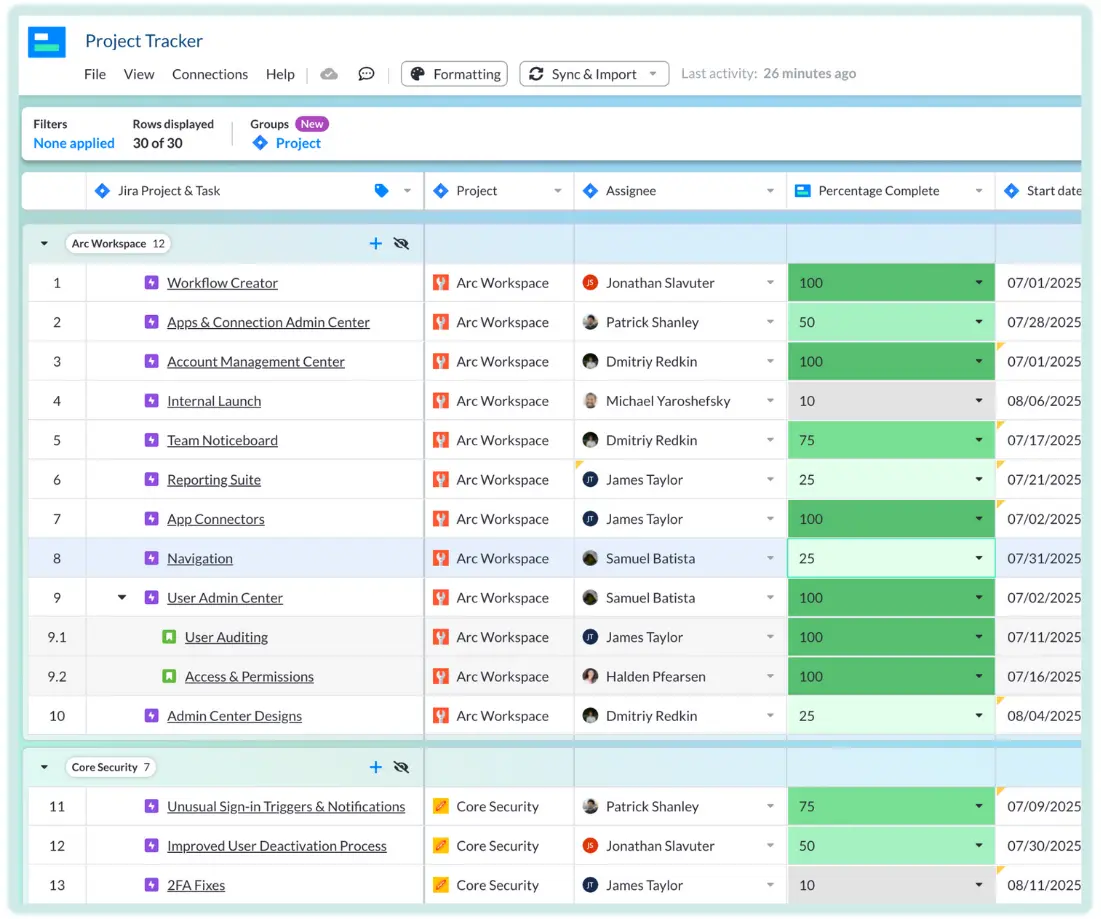
You have nothing to lose and everything to gain, so try Visor today.



